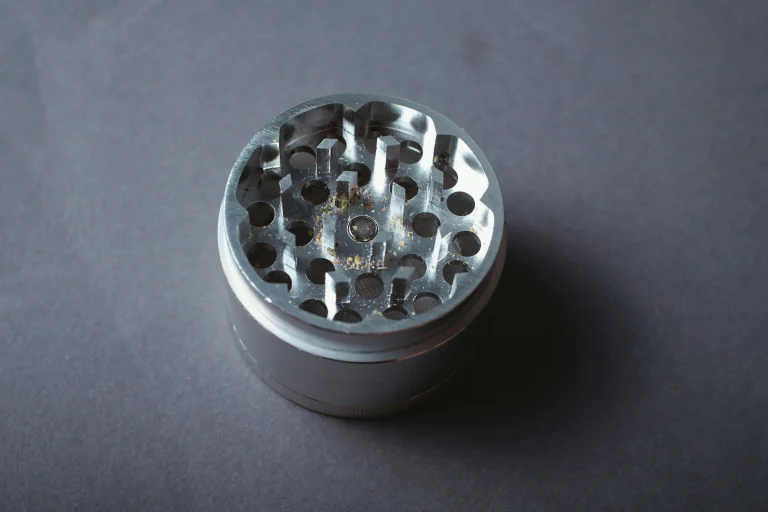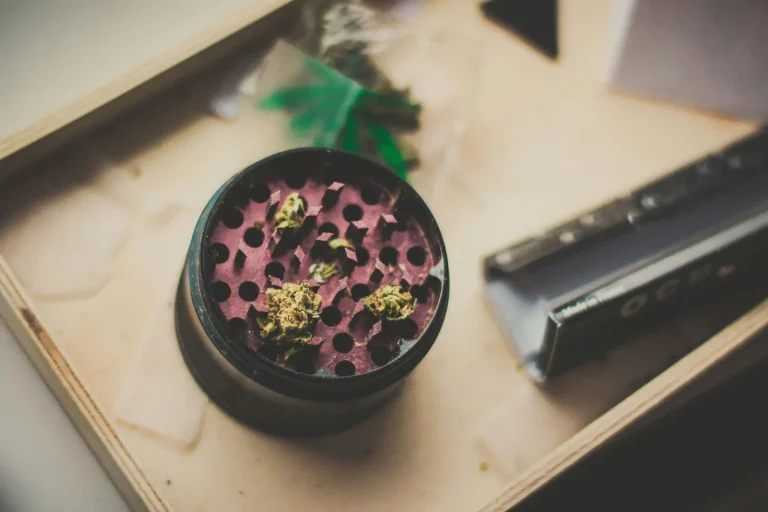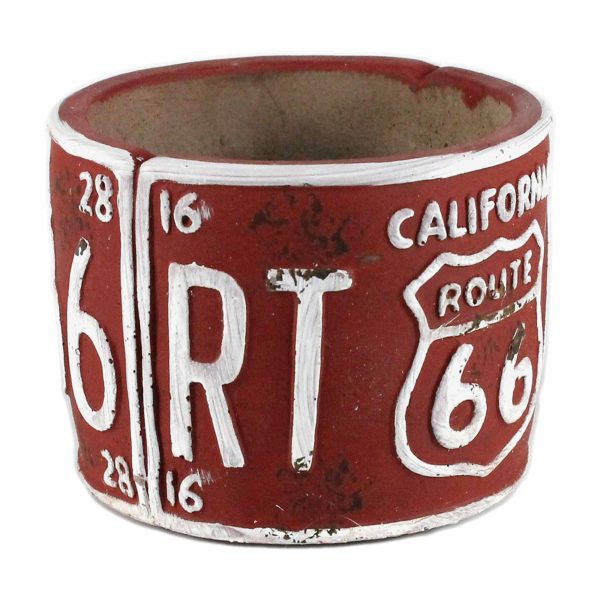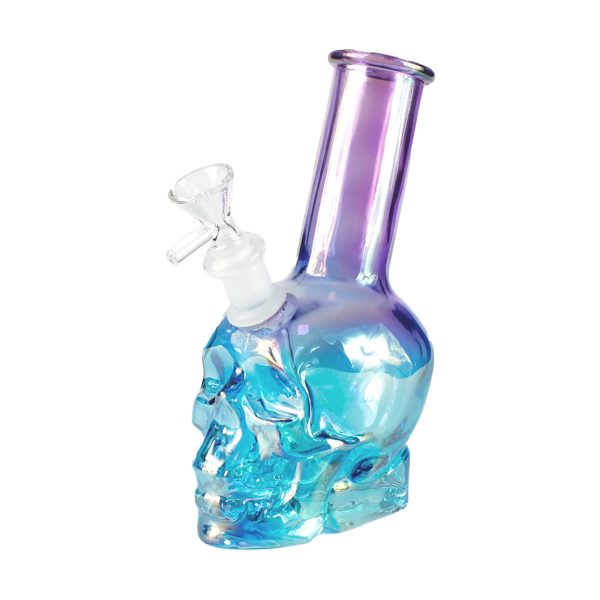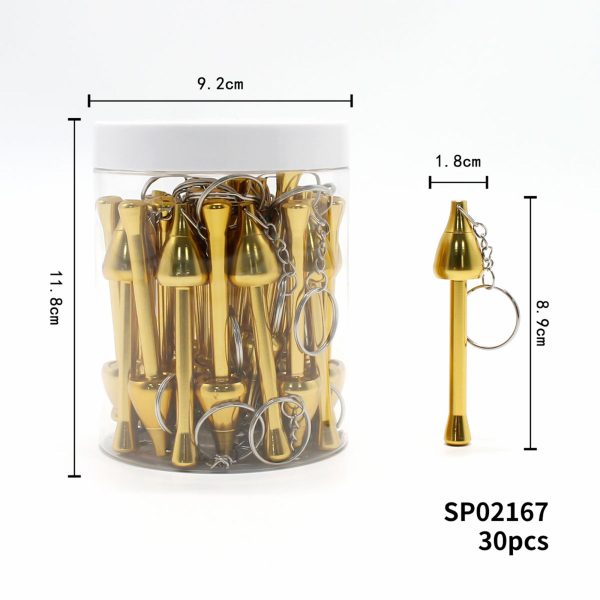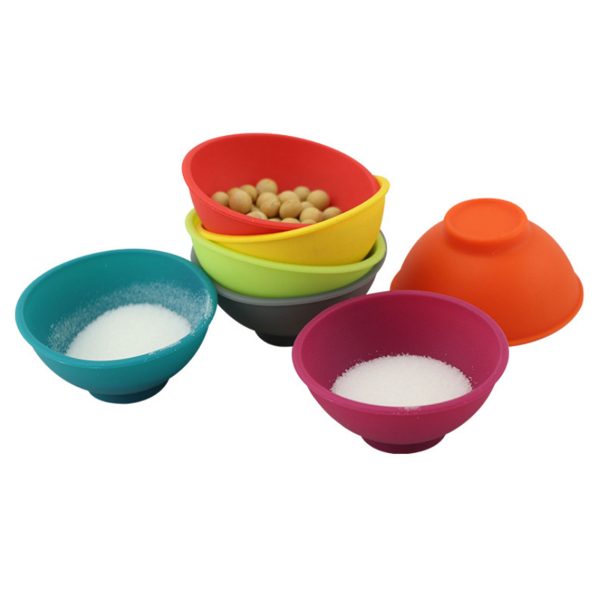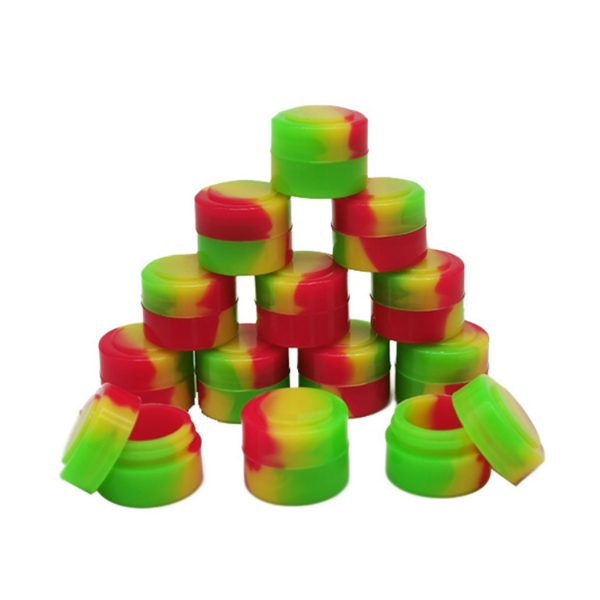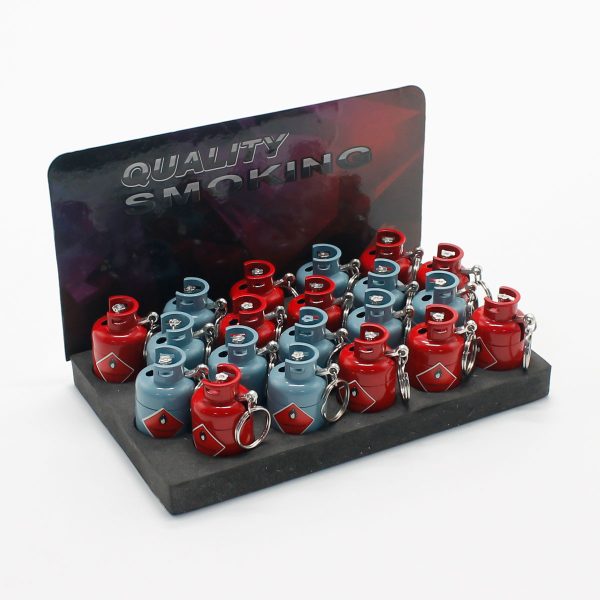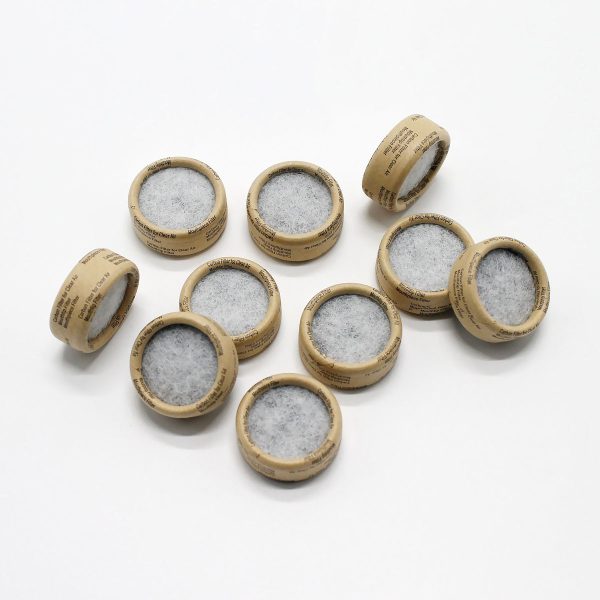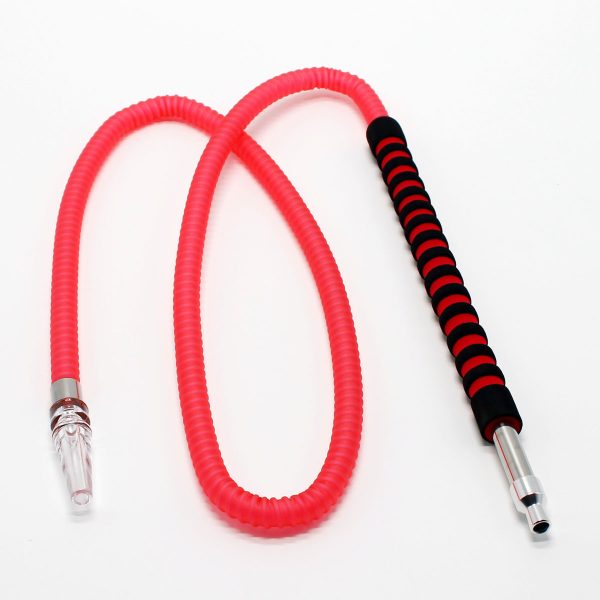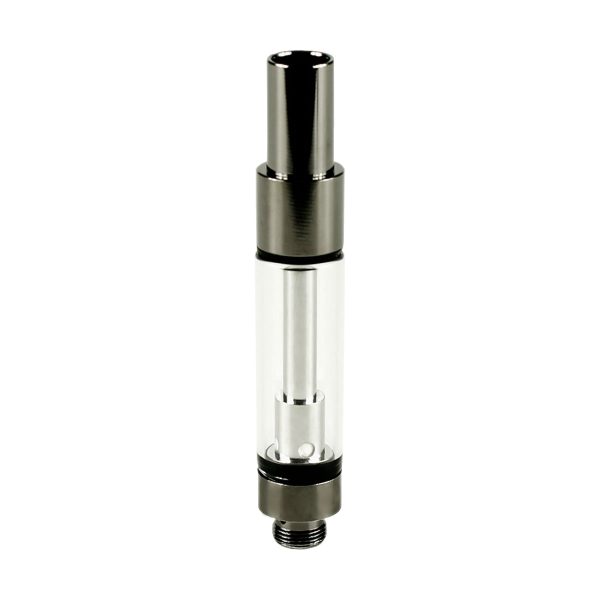Understanding the Lifespan of Your Weed Grinder: Key Factors to Consider
If you want to improve your weed grinding experience to the max, then it is vital to learn about the lifespan of weed grinders. A good weed grinder isn’t just an accessory, it is also a important tool, since it could greatly impact the grinding quality, useability, and storage time.
Importance of a Quality Weed Grinder
What Makes a Good Weed Grinder?
A good weed grinder is characterized by its construction quality, precision, and design. The primary factors to look for include the material used, the sharpness and durability of the teeth, and a smooth grinding mechanism. Metal grinders, particularly those made from aircraft-grade aluminum or stainless steel, are often the most durable. They feature strong, sharp teeth that can handle regular use without dulling quickly. Additionally, the design of the grinder should facilitate easy cleaning and efficient kief collection.
Benefits of Using a Weed Grinder
Leveraging a premium weed grinder brings a host of advantages to the table. To start with, it guarantees a uniform grind, which is crucial for optimal vaporization or combustion of the herb. This uniformity translates to a more intense and tastier session, enhancing the overall quality of your experience. A good grinder also helps in conserving your herb by preventing wastage. This efficiency is particularly beneficial for regular users, as it can significantly reduce the amount needed for the desired effects. Additionally, using a grinder keeps your hands free of resin and minimizes the loss of trichomes, the tiny crystals on cannabis that contain the most cannabinoids and terpenes.
Factors Influencing the Lifespan of a Weed Grinder
Material Composition
The materials used in the construction of a weed grinder play a pivotal role in its durability. Generally, weed grinders are made of metal, plastic, or wood, each with its own set of advantages and disadvantages.
Metal vs. Plastic vs. Wood
Metal grinders are the most durable and provide the best performance. Plastic grinders, while affordable and lightweight, tend to wear out quickly and are prone to cracking, especially under intense use. Wood grinders, on the other hand, offer a unique aesthetic appeal and are often preferred by those looking for a natural, rustic look. However, they may not provide as fine or consistent a grind as metal or plastic options and can be more difficult to clean.
Frequency and Intensity of Use
How often and how intensely you use your weed grinder will directly affect its lifespan. Frequent use puts more strain on the grinder, causing wear and tear on the teeth and grinding mechanism. Intense use, such as grinding large quantities of dense herb, can also accelerate the degradation of the grinder. It’s essential to choose a grinder that matches your usage pattern to ensure longevity. For heavy users, investing in a high-quality metal grinder may be the best option.
Maintenance and Cleaning Practices
Regular maintenance and proper cleaning practices are paramount in extending the lifespan of your weed grinder. Residue build-up can negatively impact performance, making the grinding process more laborious and less effective. Ensuring that the grinder is cleaned regularly, ideally after every use, can prevent this. Using a soft brush to remove kief and herb particles, and occasionally soaking the parts in isopropyl alcohol, can help maintain the grinder in top condition. Proper lubrication of the threading can also prevent seizing and cross-threading, further extending the life of the grinder.
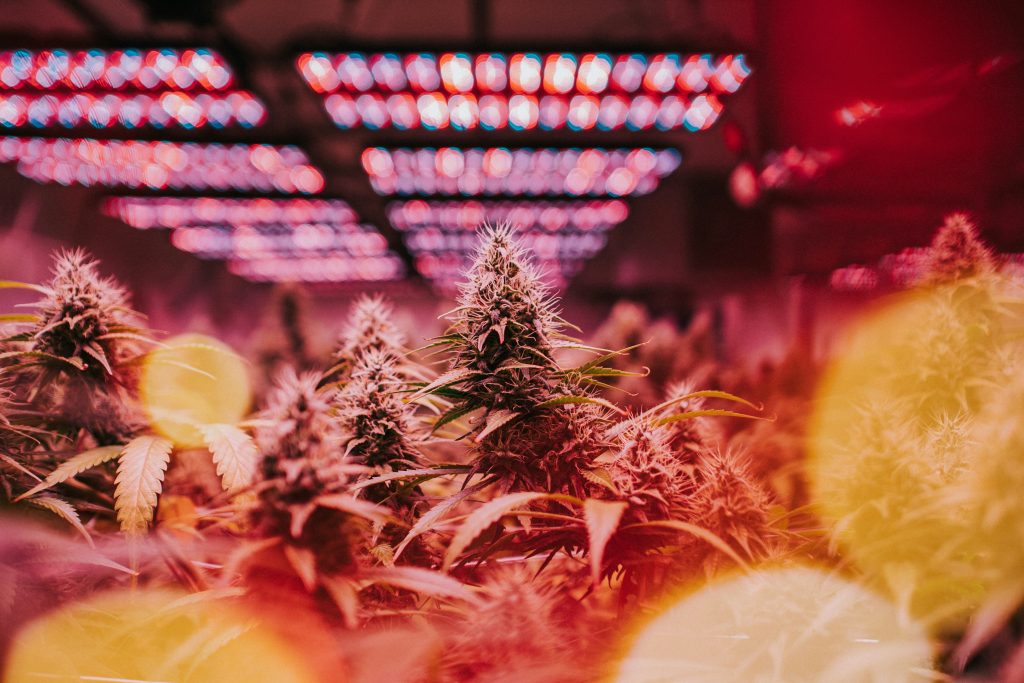
Signs That Your Weed Grinder Needs Replacement
Decreased Performance
One of the most evident signs that your weed grinder needs replacement is decreased performance. If you notice that the grinder requires more effort to turn or if the grind is not as fine or consistent as it once was, it may be time for a new one. Decreased performance can indicate that the teeth have dulled or that residue buildup has reached a point where cleaning alone no longer restores functionality.
Visible Wear and Tear
Visible wear and tear are clear indicators that your weed grinder is nearing the end of its lifespan. Cracks, chips, or warping in the grinding compartments or teeth can drastically reduce the grinder’s efficiency and safety. Metal grinders may show signs of corrosion or pitting, while plastic and wooden grinders may exhibit cracks or splintering. These issues not only affect the grinder’s performance but can also pose potential health risks by contaminating your herb with undesirable particles.
Irreparable Damage
Irreparable damage is a definitive sign that it’s time to replace your weed grinder. This can include broken or missing teeth, a seized mechanism that can’t be restored even after thorough cleaning and lubrication, or structural integrity issues that compromise the grinder’s functionality. Continuing to use a grinder beyond this point can lead to inconsistent grinds and even damage to the herb, negatively impacting your overall experience.
How to Extend the Life of Your Weed Grinder
Regular Cleaning Routine
A regular cleaning routine is fundamental in extending the lifespan of your weed grinder. After each use, it’s advisable to brush away any remaining herb particles and kief. Thoroughly cleaning the grinder by soaking it in isopropyl alcohol and using a stiff brush on the teeth should be done periodically. Ensuring that each part is completely dry before reassembling helps prevent mold and rust, thereby enhancing the overall longevity of the grinder.
Proper Storage Tips
Proper storage is essential for maintaining the condition of your weed grinder. Storing the grinder in a dry, cool place prevents moisture buildup and reduces the risk of rust, particularly for metal grinders. Using a protective pouch or case can shield it from dust and physical damage. Additionally, keeping the grinder away from direct sunlight helps in preventing any material degradation or warping, especially in plastic and wooden grinders.
Handling and Usage Best Practices
Handling and usage best practices are crucial for prolonging the life of your weed grinder. Avoid using excessive force when grinding, as it can damage the teeth and the mechanism. Always check that the chamber is not overfilled to ensure smooth grinding. Rotating the grinder in both clockwise and counterclockwise directions can reduce wear on the teeth. Treating your grinder with care, like avoiding drops or impacts, will further ensure its durability.
Popular Types of Weed Grinders and Their Durability
Two-Piece Grinders
Two-piece grinders are simple and straightforward, comprising just a lid and a grinding chamber. Their durability largely depends on the material used. Metal two-piece grinders tend to be the most durable, providing a consistent grind and withstanding frequent use. However, due to their basic design, they lack a kief catcher and can become less effective over time as residue builds up.
Three-Piece Grinders
Three-piece grinders include a grinding chamber, a storage chamber, and a lid, offering a bit more functionality compared to two-piece grinders. Made typically from metal, these grinders are durable and practical for everyday use. The additional storage chamber allows for easy access to ground herb but can also mean more parts to clean and maintain.
Four-Piece Grinders
Four-piece grinders are the most complex and generally the most durable, featuring an additional kief catcher compartment. These grinders are usually constructed from high-quality metals and occasionally wood. The kief catcher adds an extra layer of functionality, collecting the potent trichomes that fall off during grinding. However, the increased number of parts requires more rigorous cleaning and maintenance to ensure long-term use.

BLADE AURA
Just as we dive into the nitty-gritty of keeping your grinding game on point, there’s one thing we can’t overlook, it is quite simply a game-changer in the world of herb pulverization, it is BLADE AURA weed grinder!
Now, imagine the smoothest, most effortless grinding experience of your life. Picture a device so sleek, it could be the lovechild of cutting-edge technology and the world of botanicals. That’s right, folks, the BLADE AURA isn’t just a grinder; it’s the Rolls Royce of transforming your greens into the perfect consistency for your enjoyment.
Crafted with precision engineering, this bad boy doesn’t just grind your herbs; it caresses them into submission with its diamond-cut teeth, ensuring a perfect fluffy mound every time. And let’s not forget the durability—this grinder is like the superhero of its league, withstanding the test of time and use like a champ.
Summary on Weed Grinder Longevity
Understanding the lifespan of your weed grinder and the factors that influence it is essential for maximizing both your investment and grinding experience. By focusing on material composition, frequency and intensity of use, and diligent maintenance practices, you can significantly extend the life of your weed grinder. Recognizing signs that indicate replacement needs, such as decreased performance and visible wear and tear, will help you maintain optimal grinding quality. Furthermore, adopting proper handling, usage, and storage practices will ensure that you get the most out of your grinder, whether you prefer a two-piece, three-piece, or four-piece model. Through informed choices and care, your weed grinder can serve you effectively for many years.




